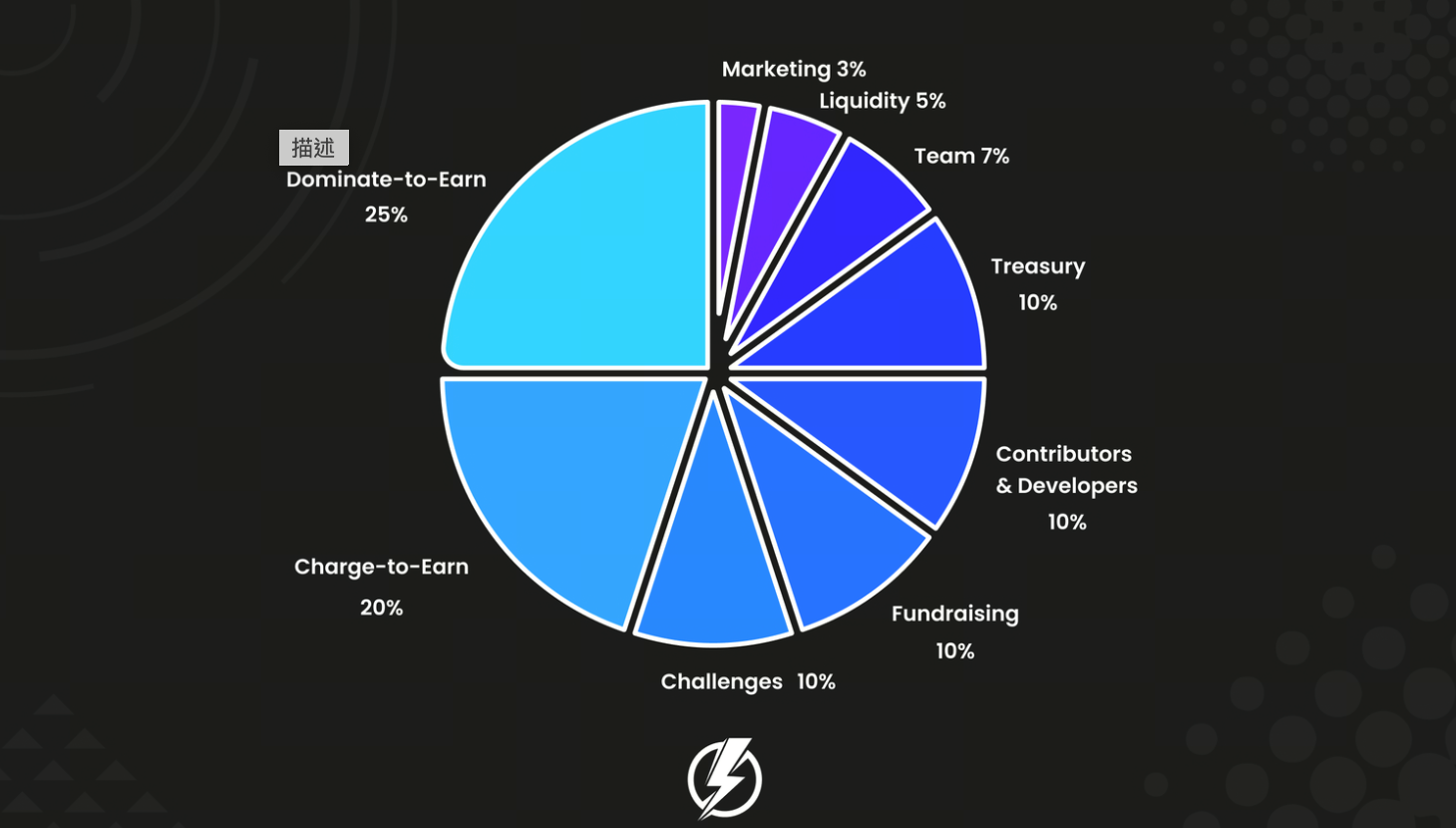Piggycell: Redefining Energy Networks Through Decentralization
Piggycell’s Energy Restructuring Philosophy

(Source: piggycell)
Legacy energy markets have been dominated by large power corporations, with individuals participating only as end consumers. Piggycell aims to disrupt this structural limitation by converting energy infrastructure into digital assets that are shareable, ownable, and verifiable. Rather than replacing the existing grid, Piggycell’s vision is to build a decentralized energy economy powered by nodes, tokens, and smart contracts through community-driven collaboration.
Every Piggycell device—whether a portable power bank, shared charging station, or charging point for electric scooters—functions as an on-chain node. These nodes leverage blockchain to record activity and allocate rewards, transforming energy flow from pure consumption into a productive process.
Four Core Design Principles
Piggycell’s technical framework is founded on four core principles:
- Decentralization: Anyone can provide or own a node, eliminating dependence on traditional corporate authorization.
- Programmability: Smart contracts automatically settle the costs and rewards for every charging action.
- Transparency: All energy flows and revenues are fully traceable on-chain.
- Incentive Alignment: Users, merchants, and node holders earn rewards through the token-based economic system.
This design makes Piggycell a prototype for an energy-sharing network, shifting the traditional centralized supply model toward a market defined by multi-party participation and open collaboration.
Web3-Based Energy Protocol
Piggycell merges Web3 technology with physical energy infrastructure, enabling micro-energy assets to be represented and tokenized on-chain. Through automated settlement via smart contracts, trustless operations, and auditable data, Piggycell redefines energy as a data asset.
Key features include:
- Device Tokenization: Portable power banks, wall chargers, and bicycle charging stations can all be converted into on-chain assets.
- Incentive Mechanisms: User activity, device reliability, and referral relationships generate token rewards.
- Automated Settlement: Smart contracts manage all revenue and payments, minimizing trust requirements.
This positions Piggycell in the energy sector much like Helium in wireless networking or Filecoin in decentralized storage.
Multi-Layer Architecture Design
To support varied application scenarios, Piggycell utilizes a five-layer architecture:
- Layer 1/2 Integration Layer: Supports multi-chain frameworks (BNB Chain, Solana, Internet Computer) for cross-chain interoperability;
- Modular Device Layer: Third-party hardware integrates via API or firmware;
- Data Layer: Real-time on-chain energy usage data with AI analytics support;
- Token Layer: $PIGGY powers payments, rewards, and governance;
- User Layer: Apps and NFTs digitize physical devices and introduce gamified experiences.
This architecture enables Piggycell to flexibly adapt to different regions and requirements, facilitating localized on-chain energy infrastructure.
$PIGGY: The Core Engine of the Energy Economy
Piggycell’s native token, $PIGGY, is the foundation for value transfer and governance within the ecosystem. Far from being a speculative asset, $PIGGY is directly linked to real-world energy activity.
Main use cases include:
- Pay-per-Use Charging
- Node Rewards
- Governance & Staking
- Gamified Incentives
Every charging transaction, device activation, and even each kilowatt-hour consumed triggers the distribution and circulation of $PIGGY.
Tokenomics Model
$PIGGY has a total supply of 100 million tokens, with distribution focused on community engagement and long-term sustainability:
- Dominate-to-Earn: 25%
- Charge-to-Earn: 20%
- Challenge & Task Rewards: 10%
- Fundraising & Strategic Investors: 10%
- Developers & Contributors: 10%
- Treasury Reserve: 10%
- Core Team: 7%
- Liquidity: 5%
- Marketing & Promotion: 3%

(Source: piggycell.gitbook)
This structure balances community incentives with protocol sustainability, mitigating risks of system instability from short-term speculation.
NFT Nodes and Real-World Asset Mapping
Piggycell maps each physical energy device to an NFT, granting holders on-chain rights to both revenue and data. This approach enhances transparency and traceability, while for the first time endowing energy infrastructure with digital asset properties. NFT nodes are transferable, divisible, and can be integrated with DeFi, GameFi, or ESG applications, ushering in a new paradigm for tokenizing real-world assets.
To learn more about Web3, click to register: https://www.gate.com/
Conclusion
Piggycell represents not just a technological breakthrough, but a paradigm shift in energy. It transforms electricity from a passive commodity into a shareable digital asset, empowering individuals to move from mere consumers to active participants and governors of the energy ecosystem. Just as DeFi has reinvented finance, Piggycell is shaping a decentralized energy future built collaboratively by individuals, nodes, and smart contracts.
Related Articles

Pi Coin Transaction Guide: How to Transfer to Gate.io

Flare Crypto Explained: What Is Flare Network and Why It Matters in 2025

What is N2: An AI-Driven Layer 2 Solution

How to Use a Crypto Whale Tracker: Top Tool Recommendation for 2025 to Follow Whale Moves

Understand Baby doge coin in one article
